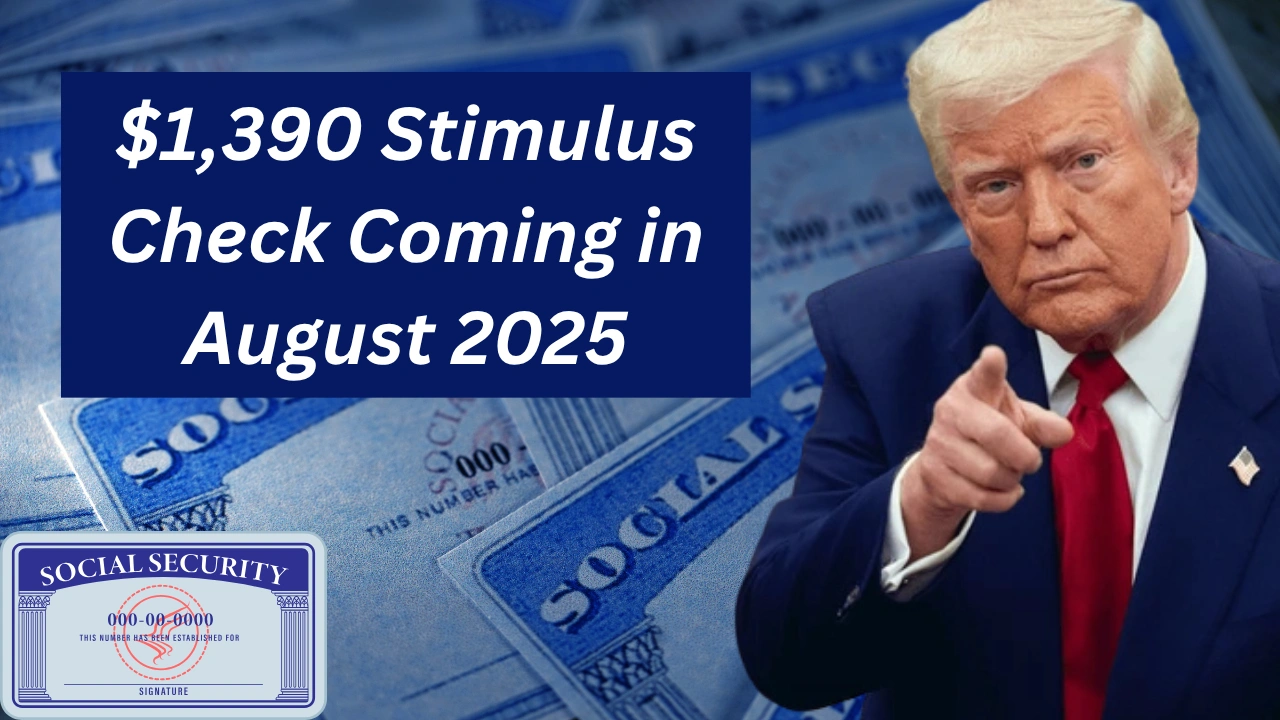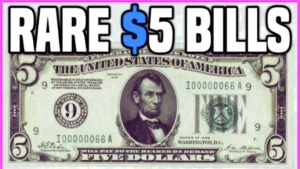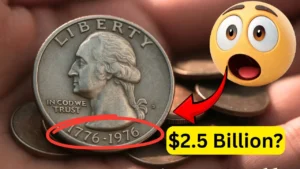The buzz around a new $1,390 stimulus check 2025 is growing, with many Americans eager to know if they qualify, when the money will arrive, and how to claim it. This one-time, tax-free payment aims to help low- and middle-income households cope with rising costs like rent, groceries, and utilities. Below, we break down everything you need to know about the 2025 stimulus check, including who’s eligible, how to get it, and how to avoid scams, all in simple language.
What Is the $1,390 Stimulus Check?
Also Read:- The Kennedy Half Dollar Valued at $5.9 Million, Still in Circulation
The $1,390 stimulus check is a federal relief payment designed to support Americans struggling with high living costs due to inflation. Unlike previous stimulus payments, this one is targeted at specific groups, such as low- and middle-income individuals, families, and people receiving certain federal benefits. The payment is tax-free, meaning it won’t affect your taxes or eligibility for other benefits like Social Security, Medicaid, or SNAP.
This stimulus is part of an ongoing effort to ease financial burdens, and it’s being distributed through the IRS using existing systems. It’s not tied to new legislation but is managed under current federal programs.
Who Qualifies for the $1,390 Stimulus Check?

Not everyone will get the $1,390 payment. The IRS has set clear rules to determine who qualifies. Here’s a simple breakdown:
Eligibility Criteria
Also Read:- Is the Lincoln Wheat Penny Worth $49,000 Still Out There
- Income Limits:
- Single filers: Earn less than $75,000 per year.
- Married couples filing jointly: Earn less than $150,000 per year.
- Heads of household: Earn less than $112,500 per year.
- Filing Status: You must have filed a 2023 or 2024 tax return.
- Residency: You must be a U.S. citizen or legal resident.
- Social Security Number: A valid SSN is required.
- Dependents: You cannot be claimed as a dependent on someone else’s tax return.
- Federal Benefits: People receiving Social Security (retirement, SSI, SSDI), Veterans Affairs (VA), or Railroad Retirement benefits may qualify, even if they don’t file taxes.
Additional Notes
Families with dependents may receive extra payments, though the exact amount per dependent is not yet confirmed. If you received stimulus checks automatically in the past, you’re likely eligible for this one if your income hasn’t changed significantly.
How to Claim Your $1,390 Stimulus Check
For most people, the payment will arrive automatically if you’re eligible. However, there are steps you can take to ensure you get it without delays.
Steps to Claim Your Payment
- Check Your Eligibility: Confirm you meet the income and other requirements listed above.
- Update Your Information: If your bank account or address has changed since your last tax filing, update it on the IRS website to avoid delays.
- File a 2024 Tax Return: Even if you don’t usually file taxes, submitting a 2024 return can help the IRS verify your eligibility and send the payment.
- Use the IRS “Get My Payment” Tool: This online tool, expected to be available soon, lets you track your payment status. You’ll need your Social Security number, birth date, and mailing address.
- Watch Your Mailbox: If you don’t have direct deposit, expect a paper check or prepaid debit card (EIP card) in a government-labeled envelope.
- Avoid Scams: The IRS will never call, text, or email asking for personal information. Only use IRS.gov for updates.
Payment Methods
| Method | Details |
| Direct Deposit | Fastest method; goes to the bank account on file with the IRS. |
| Paper Check | Mailed to your last known address; expected to phase out by September 2025. |
| EIP Debit Card | Prepaid card for those without bank accounts; arrives in a government envelope. |
When Will the $1,390 Stimulus Check Arrive?
The IRS plans to start sending payments in mid-summer 2025, with direct deposits beginning around August 15 and paper checks mailed by August 30. The rollout will happen in phases, so not everyone will get their money at the same time. To avoid delays, double-check your bank details and address with the IRS. The final window for late claims or corrections is expected in September 2025.
Key Facts About the $1,390 Stimulus Check
Here’s a quick overview of the most important details:
| Detail | Information |
| Amount | $1,390 (one-time, tax-free) |
| Start Date | August 2025 (direct deposits from August 15; checks from August 30) |
| Eligibility | Low/middle-income filers, Social Security/VA beneficiaries, and dependents |
| Application Needed? | No for most; non-filers may need to register |
| Delivery Methods | Direct deposit, paper check, or EIP debit card |
| Taxable? | No |
How to Avoid Stimulus Check Scams
With the excitement around stimulus checks, scammers are active. Here’s how to stay safe:
- Don’t Share Personal Info: The IRS won’t ask for your bank details or SSN via phone, email, or text.
- Use Official Websites: Only trust IRS.gov or verified government sites for updates.
- Report Suspicious Activity: If someone asks for payment to “process” your check, report it to the IRS immediately.
- Check Social Media Carefully: Many fake posts on platforms like X spread false information about payments.
Frequently Asked Questions (FAQs)
Is the $1,390 stimulus check taxable?
No, the payment is tax-free and won’t affect your taxes or other benefits like Medicaid or SNAP.
Do I need to apply for the stimulus check?
If you filed taxes in 2023 or 2024 or receive federal benefits, you don’t need to apply. Non-filers may need to register using the IRS non-filer tool.
When will I get my payment?
Direct deposits start around August 15, 2025, with paper checks mailed by August 30. Check the IRS “Get My Payment” tool for updates.
What if I don’t receive my payment by September 2025?
Visit IRS.gov, use the “Get My Payment” tool, or call the IRS Economic Impact hotline to check for issues like outdated bank details or address mismatches.
Is this a new stimulus program?
No, this payment uses existing IRS systems and isn’t tied to new legislation. It’s often called the “Trump Stimulus Check” due to public association with past relief efforts.
Conclusion
The $1,390 stimulus check in 2025 offers much-needed relief for millions of Americans facing high living costs. By understanding the eligibility rules, updating your information, and staying alert for scams, you can ensure you receive your payment without issues. Keep an eye on IRS.gov for the latest updates, and check your bank account or mailbox starting in August 2025. If you’re eligible, this tax-free payment could help ease financial stress for essentials like groceries, rent, or bills. Share your thoughts or questions below—how will this payment help you?




